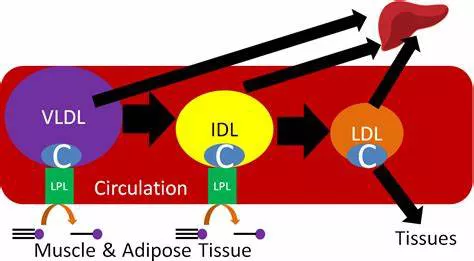Understanding Cholesterol: LDL And its Impact on Health
The Exercise Connection: How Physical Activity Influences LDL Cholesterol
1. Increasing Enzyme Activity
2. Enhancing Lipid Profile and Overall Health
Effective Types of Exercise for Reducing LDL Cholesterol
1. Aerobic Exercise
2. Resistance Training
3. High-Intensity Interval Training (HIIT)
Establishing An Exercise Routine
1. Set Realistic Goals
2. Find Enjoyable Activities
3. Incorporate Variety
4. Make It a Habit
5. Monitor Progress
Conclusion
Regular physical activity is a proven strategy to lower LDL cholesterol and improve overall cardiovascular health. By incorporating a mix of aerobic exercise, resistance training, and high-intensity interval training into a regular exercise routine, individuals can significantly impact their lipid profiles. Exercise not only helps in managing cholesterol levels but also enhances overall health by improving heart function, reducing weight, and increasing body metabolism. As always, before beginning any new exercise regimen, particularly for those with existing health issues, it is advisable to consult with healthcare providers to tailor a program that is safe and effective.By understanding the pivotal role exercise plays in managing LDL cholesterol and implementing a consistent and enjoyable exercise routine, individuals can take active steps toward improving their health and reducing their risk of cardiovascular disease.

